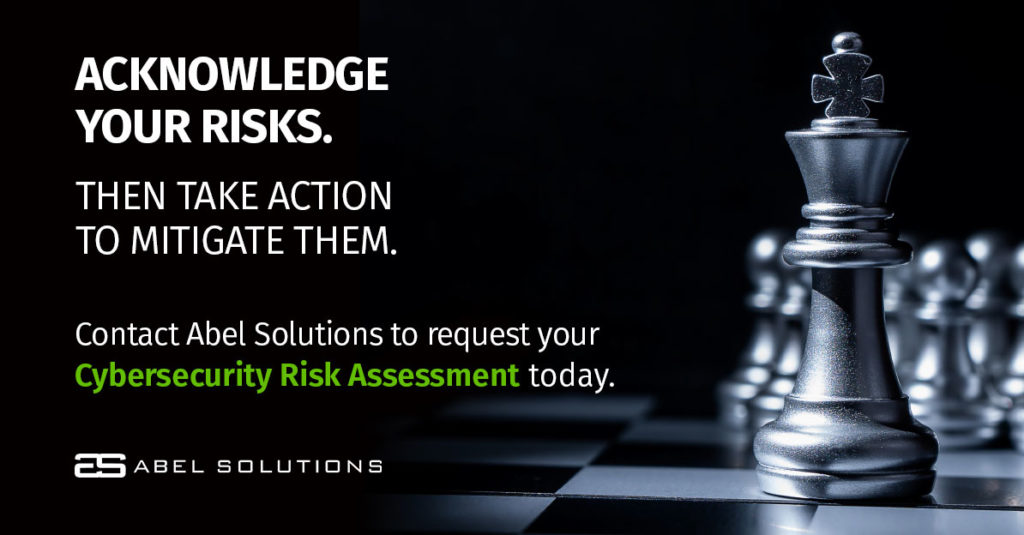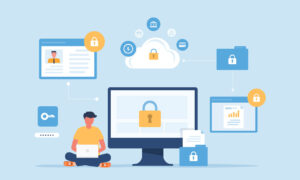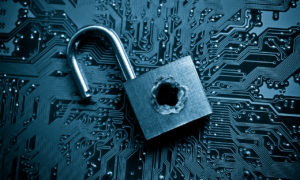In 2021, companies that did not have a “zero-trust” policy suffered an average breach cost of USD 1.76 million more than organizations with one in place.1 With cyberattacks on the rise due to increased remote work and an increase in online interactions, this trend will likely grow.
Additionally, around 85% of breaches were caused by human elements, 36% involved phishing attacks, and ransomware attacks contributed to 10%.3 Amid such an evolving threat landscape, your top-most priority should be ensuring an advanced and layered cybersecurity approach that can protect your organization from malicious actors.
Building a strong defense can be challenging because cybersecurity is not a one-and-done solution. Your business could be secure now, but be vulnerable the next moment. It takes a long-time commitment to secure your organization’s mission-critical business data. There are many pieces to this puzzle, but the most important is continuous risk management.
This Insight will guide you through cybersecurity risk assessment, and you’ll learn how implementing cybersecurity solutions alone is not enough to protect against cyberattacks. Your organization must also be prepared to manage risk on an ongoing basis.
Understanding Cybersecurity Risk Assessment
In simple terms, cybersecurity risk assessment is the act of understanding, managing, and mitigating cybersecurity risks across your organization’s infrastructure.
The Cybersecurity Framework (CSF) by the National Institute of Standards and Technology (NIST) states that the purpose of cybersecurity risk assessments is to “identify, estimate, and prioritize risk to organizational operations, assets, individuals, other organizations, and the nation” as a result of the use and operation of information systems.
As it relates to our customers, we see a cybersecurity risk assessment’s primary objective as assisting decision-makers in addressing current and future risks. As such, the assessment should answer these questions:
- What are your organization’s most important IT assets?
- Which type of data breach could significantly impact your business’s success?
- What threats are there to your organization and its sources?
- What security weaknesses are there, both internal and external?
- What impact would there be if any of your organization’s security weaknesses were to be exploited?
- What is the likelihood of a security weakness being exploited?
- What security threats or cyberattacks could affect your organization’s ability to function?
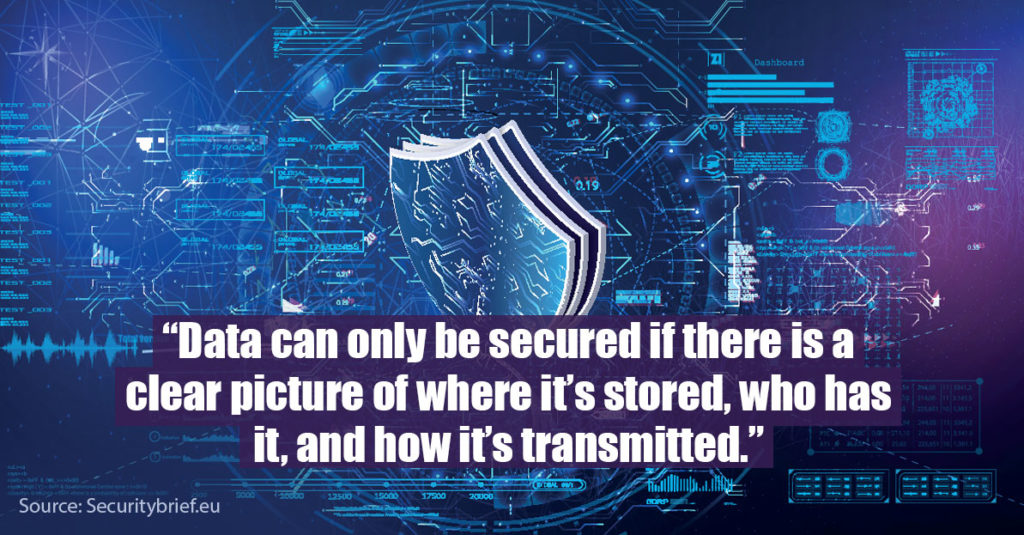
Understanding the answers to these questions will allow you to keep track of security risks and prevent disasters. Imagine having the answers to these questions every time you sit down to make critical business decisions. Continue reading to find out how you can benefit.
Why Make Continuous Risk Management a Standard Practice?
Organizations can’t afford to underestimate even a single threat in today’s cyberthreat landscape, making ongoing risk management a crucial operational standard. One study found that 30% of respondents believe real-time threat information is vital for cyber risk management.2 While one assessment may indicate that your business is on the right track, the following assessment may reveal vulnerabilities that could expose your network to malicious attacks. That is why continuous risk management must be a crucial part of standard operations for every organization.
Many organizations lack the resources to convert data into insights for cyber risk assessment, threat modeling, scenario generation, and predictive analysis. This underutilization of data can be a significant obstacle to businesses making continuous risk management an operational standard.
Here are seven reasons you should not put this critical business decision on hold anymore:
Reason 1: Keep Threats at Bay
A continuous risk management strategy will help keep your business safe from prevalent and imminent threats.
Reason 2: Prevent Data from Being Lost
Lost or stolen business-critical information can severely damage your business, and customers may even turn to your competitors. Stay vigilant by continuously monitoring for any attempts to compromise your business data.
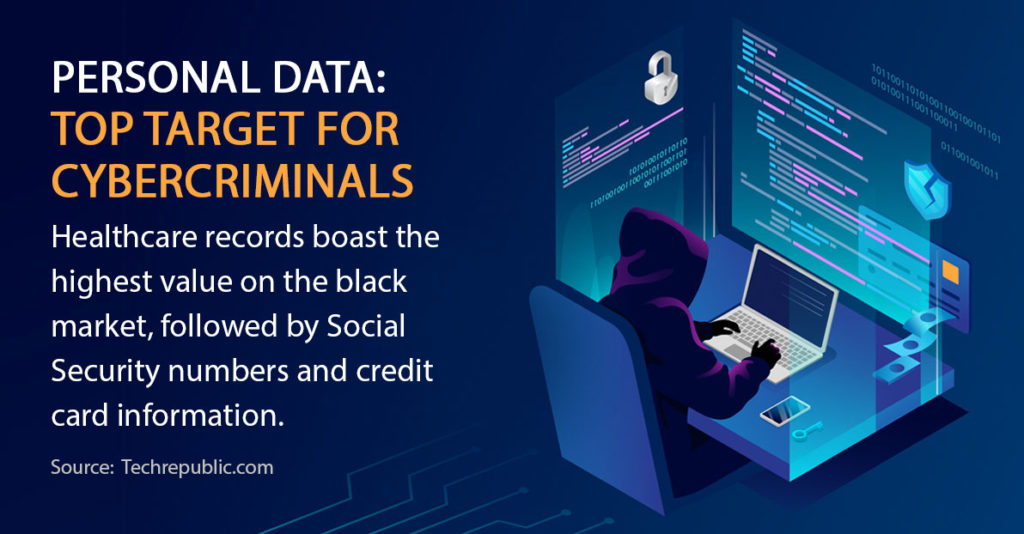
Reason 3: Improve Operational Efficiency and Reduce Frustration among Employees
If you are a business owner or key decision-maker, you may be surprised at how staying informed about cybersecurity threats to your business can help reduce unplanned downtime. Your employees will feel more motivated if they know their hard work won’t disappear into thin air, positively impacting their productivity and keeping team morale high.
Reason 4: Reduce Long-term Costs
You can prevent or reduce security incidents by identifying potential vulnerabilities early and addressing them promptly. Mitigating vulnerabilities in time can save you money and preserve your business’ reputation.
Reason 5: Set the Right Tone with Your First Assessment
Don’t assume you will use a single template for all future cybersecurity risk assessments. You will need to do an initial assessment, and the next several will set the tone for future assessments as part of your ongoing risk management strategy.
Reason 6: Increase Organizational Knowledge
By conducting regular cybersecurity risk assessments, you can identify security weaknesses across your organization and closely monitor areas that need improvement.
Reason 7: Avoid Regulatory Compliance Issues
You can avoid any hassles related to compliance with regulatory standards like HIPAA, GDPR, PCI-DSS, CMMC, and others by ensuring you have a strong defense against cyberthreats.
Choosing the Right Partner
Collaborate with the right partner to help assess every cybersecurity threat your company is at risk for today and protect your business for a long time. Contact us to learn how we can help reduce cybersecurity concerns through regular risk assessments that meet the needs of your business and industry.
